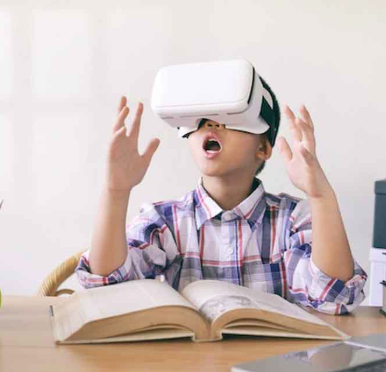Virtual Reality (VR) is transforming the way we experience education online. Once seen as a tool for entertainment, VR is now becoming a powerful resource in the digital classroom. Its immersive qualities help learners engage with content in ways that traditional screen-based methods can’t always achieve.
Making Learning More Interactive
One of the biggest benefits of VR in online learning is how interactive it can be. Instead of just watching a video or reading a slide, students can step into a 3D environment. For example, a biology student might explore the inside of a cell, or a history class might walk through ancient ruins—all from the comfort of home.
Supporting Different Learning Styles
Not everyone learns the same way. Some people are visual learners, while others prefer hands-on experiences. VR helps accommodate various styles by offering multi-sensory experiences. This variety can help make lessons more accessible and memorable.
Encouraging Active Participation
In many online courses, students can feel passive—just listening or watching. VR turns that around. It often requires learners to move, decide, and interact. This active involvement tends to boost focus and motivation, making learning more enjoyable.
Building Confidence Through Practice
VR is a great space to practice skills without pressure. Whether it’s public speaking, performing lab experiments, or working through real-life simulations, students can try, make mistakes, and learn—without real-world consequences. This can be especially helpful in building confidence before applying skills in the real world.
Looking Ahead
As technology becomes more affordable and accessible, more schools and platforms are likely to integrate VR into their programs. While it’s not a replacement for all types of learning, it can be a valuable supplement that brings lessons to life.


